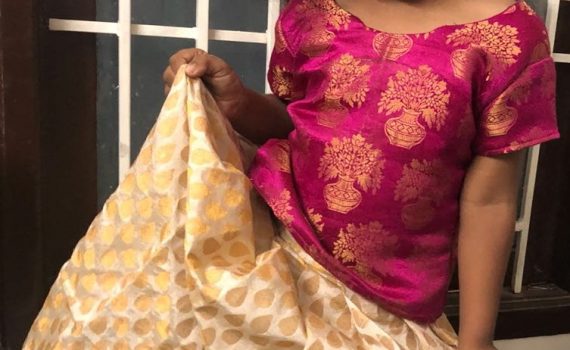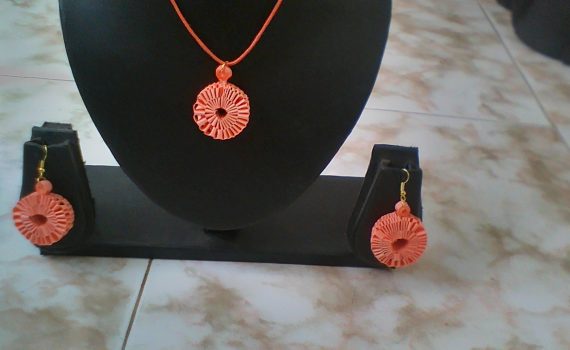Our student Abirami designed and stitched this Pavadai and long blouse for kids for the 2-year kid. In fact, This is with a long blouse. Of course, She is our Sincere student who has the interest to learn fashion design. In other words, just become a Fashion designing technologist today. By all means, Enroll No.1 Technical Educational institution. Study various courses in Aari embroidery, Machine Embroidery, Jewelry making, & Tailoring. Children Pavadai and Sattai Contact the Best Fashion designing technology School to learn about Children Pavadi and Sattai. Join Top tailoring institute. We offer Vocational, Weekend, Part-time and full-time Courses. This is available with training exclusively for Women … Pavadai and long blouse for kids with a long blouse for 2-year kid Learn and earn while you study at a decent institute in Chennai. Moreover, Are you a homemaker with just lower studies? In any case, Girls who finish SSLC or +2 can join and study the diploma Course. Meanwhile, This is our traditional dress. Kids love to wear these kinds of dresses. Join the Fashion design and stitching class today. Find the No.1 Technical Education Institute in India. Tailoring Classes, Fashion design, Wedding Costume cutting, Blouses, Chudithar, and Ladies’ & Kids’ Garments in Chennai, Tamil Nadu. Reach us earlier to join a Pavadai and long blouse for kids stitching course Hi ladies !! Fill in the below form. You can get the details of Diploma Courses for Ladies here. One can learn and earn in the textile field. Visit our study centre and get the Fees and all other time details. Join the Best Fashion Design School Never feel shy that you are any age. Here age is not a bar to study. Anybody who studies till his last day of life will be happy. That will be useful […]
Fashion designing Technology & Tailoring | Fabric painting classes
Do you want to learn jewel making ?. Find the Best Fashion school at Chennay Fashion institute and tailoring offers special courses for Jewelry Making & designing techniques in Chennai firstly. Certificate courses in Jewelry making In fact, Our Fashion institute is famous for training ladies in Jewel making at a competitive price. Contact Chennay Fashion institute and tailoring for Certificate courses in Jewelry making : Society and guardians when having a tendency to be vigilant towards urging individuals to work in Fashion jewelry making in light of current circumstances. Firstly, they are appropriate about the business’ very particular work. They’re likewise right when they say that Fashion jewelry making is “not what it appears to be” despite the fact that they most likely have no clue what they truly discussing. Be that as it may, before you choose to quit and take up jewel-making courses. Search for an easy decision 9-5 work, here are a couple of mold configuration vocations to consider! Join the course for Jewel making today to make your own jewelry or for Sale. A Jewel-making creator’s occupation is by all accounts encompassed by the marvelousness and charm of having your works showing up on lustrous things and the season’s most sultry big names. It’s an easy decision that individuals need to be mold creators simply like how some pine for to be moguls. To make this profession way, you require a solid outline portfolio. Earlier work involvement in fashion jewelry making will be a preference. So this is the place being an understudy amid your occasions pay off.


